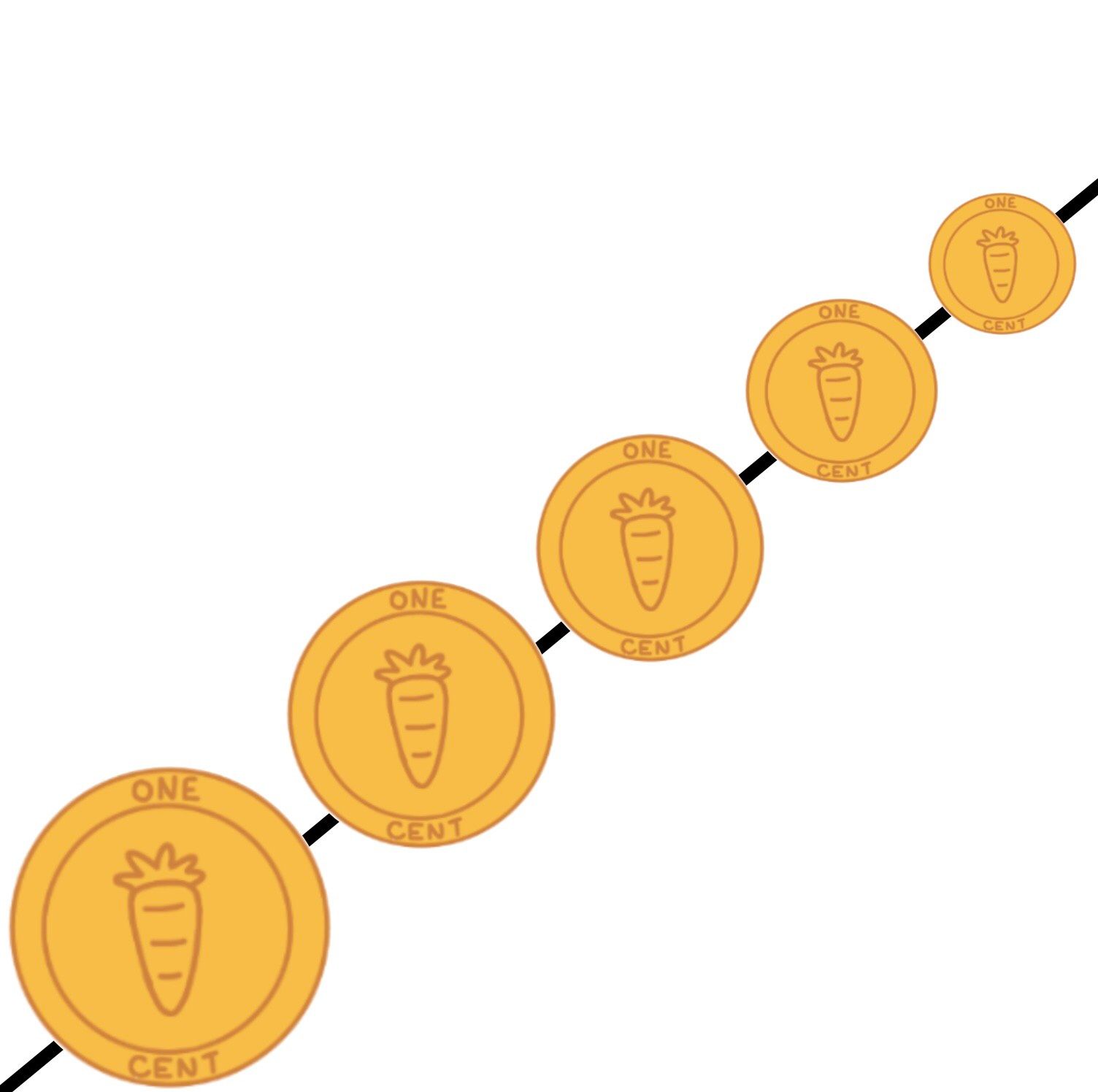
This is a revised and slightly expanded version of something we originally wrote as part of our post on Bayesian Willpower.
Immediate incentives are inordinately powerful. Beeminder’s philosophy is to find ways to make your immediate incentives match your long-term incentives such that willpower needn’t come into play.
Commitment devices are the canonical way to do that — the inaugural post on this blog has dozens of examples of them — but we’d like to propose a nice generalization of the concept. To get a sense of where we’re going, here’s a list of examples of aligning one’s own incentives that arguably don’t count as commitment devices:
- Keep a salad (or Mealsquares) in the fridge so it’s the path of least resistance when snack-seeking
- Lay out your gym clothes the night before
- Tell your friends about your goals so they exert social pressure
- Buy equipment/materials that make exercise/learning/whatever more fun or easier
- Break nebulous, ugh-y tasks into simpler, shorter, concreter tasks
- Use Randall Munroe’s trick of inserting a delay for loading websites
- Cap your Beeminder pledge at something cheap to induce yourself to only derail for a good reason rather than fully committing yourself?
- Graph your progress and cultivate a dopamine hit for adding data to said graph?
- Habitica!
If you squint hard enough you could call all of those commitment devices. But instead we can think of it as a continuum. Say you’re Ulysses and your undesired action is steering your ship into rocks due to siren songs. At one extreme — an unambiguous commitment device — you can tie yourself to the mast to directly remove the undesired action from your possible actions. At the other extreme you can get, say, another boat to go in front of you with pictures of puppies on it so you’re less tempted to steer toward the sirens.
The commonality is that you’re altering the tradeoffs between your possible future actions, making your short-term incentives (sweet, sweet sirens) better match your long-term incentives (not crashing into rocks).
In conclusion, commitment devices are the subclass of incentive alignment in which you make undesired actions more costly for your future self. (Removing possible actions altogether we can think of as making those actions infinitely costly.) Incentive alignment more generally refers to any adjustment to your own future incentives to make your desired actions more rewarding relative to your undesired actions.
Beeminder has reasons to focus on the commitment device side of that spectrum but it’s not focused there exclusively and we’re fans of all forms of incentive alignment.
Image credit: Faire Soule-Reeves